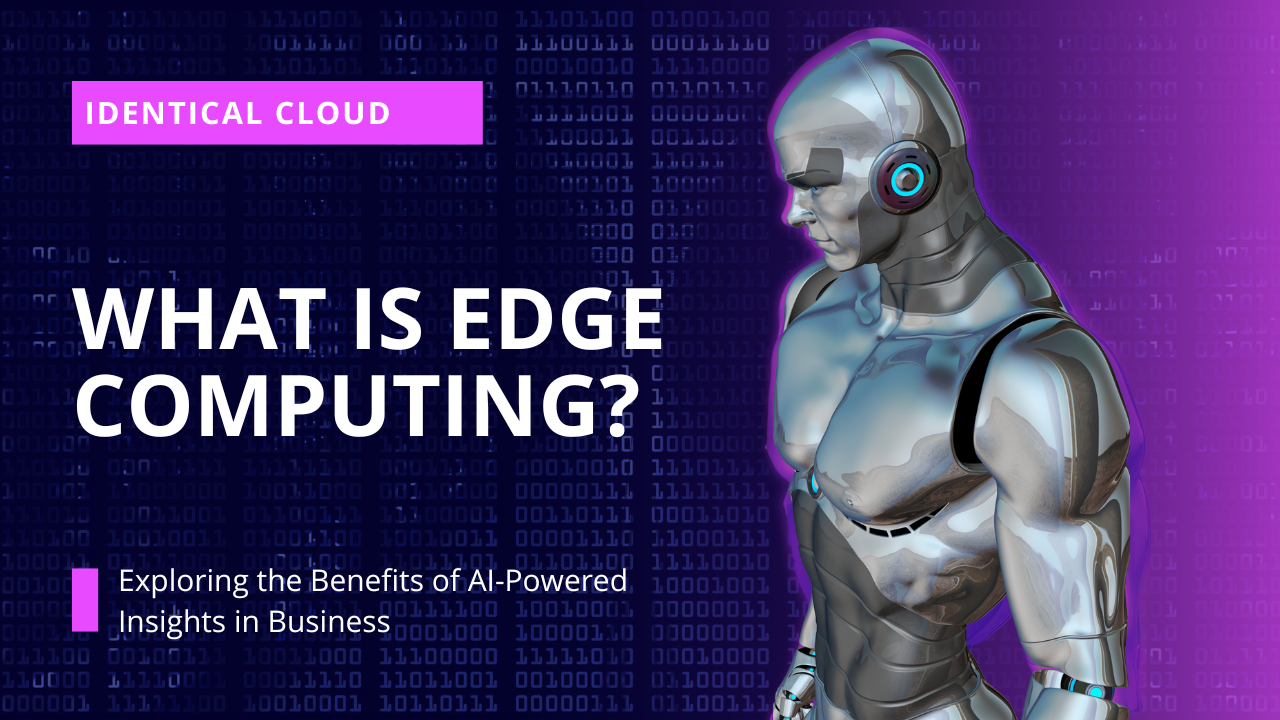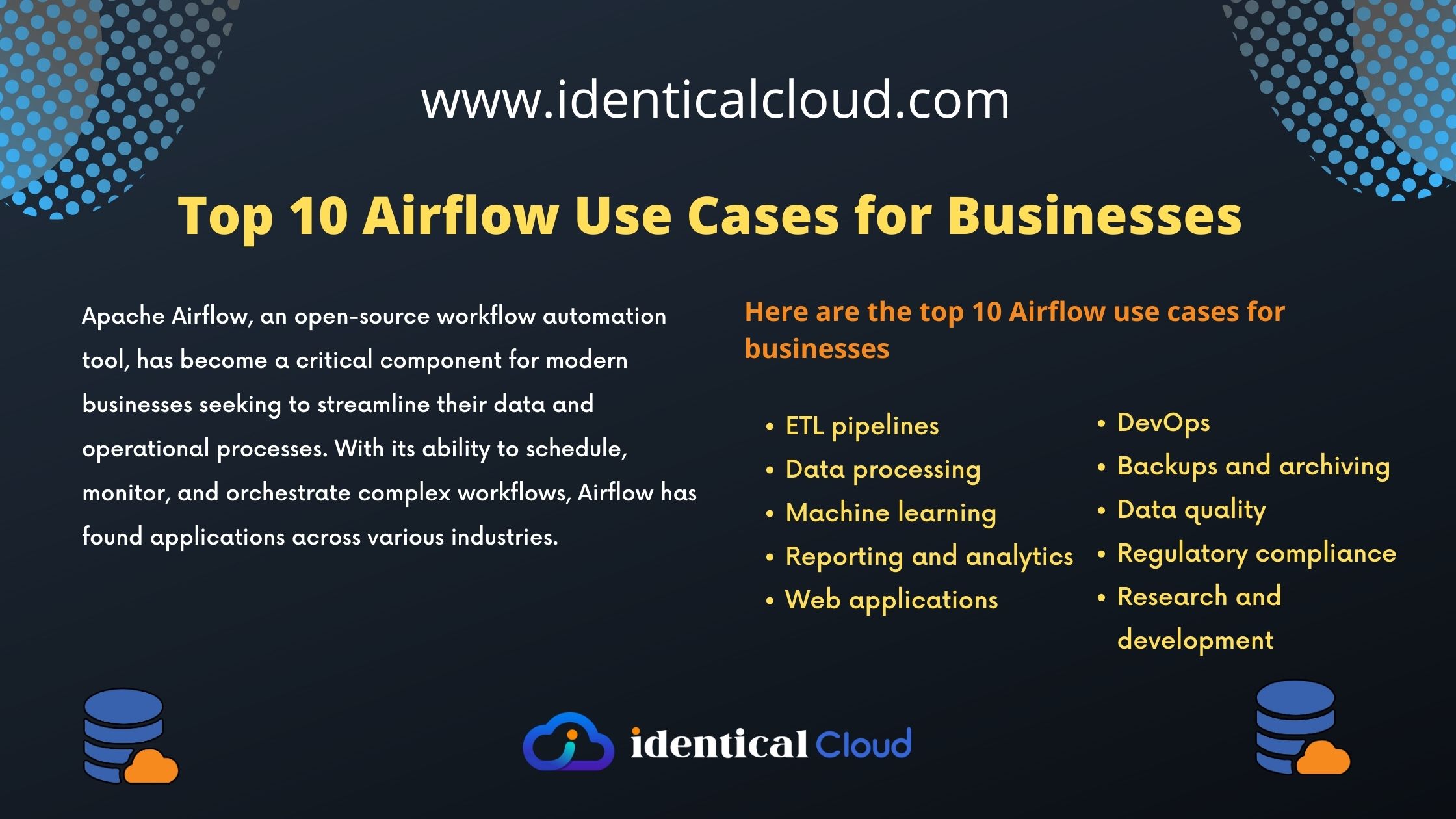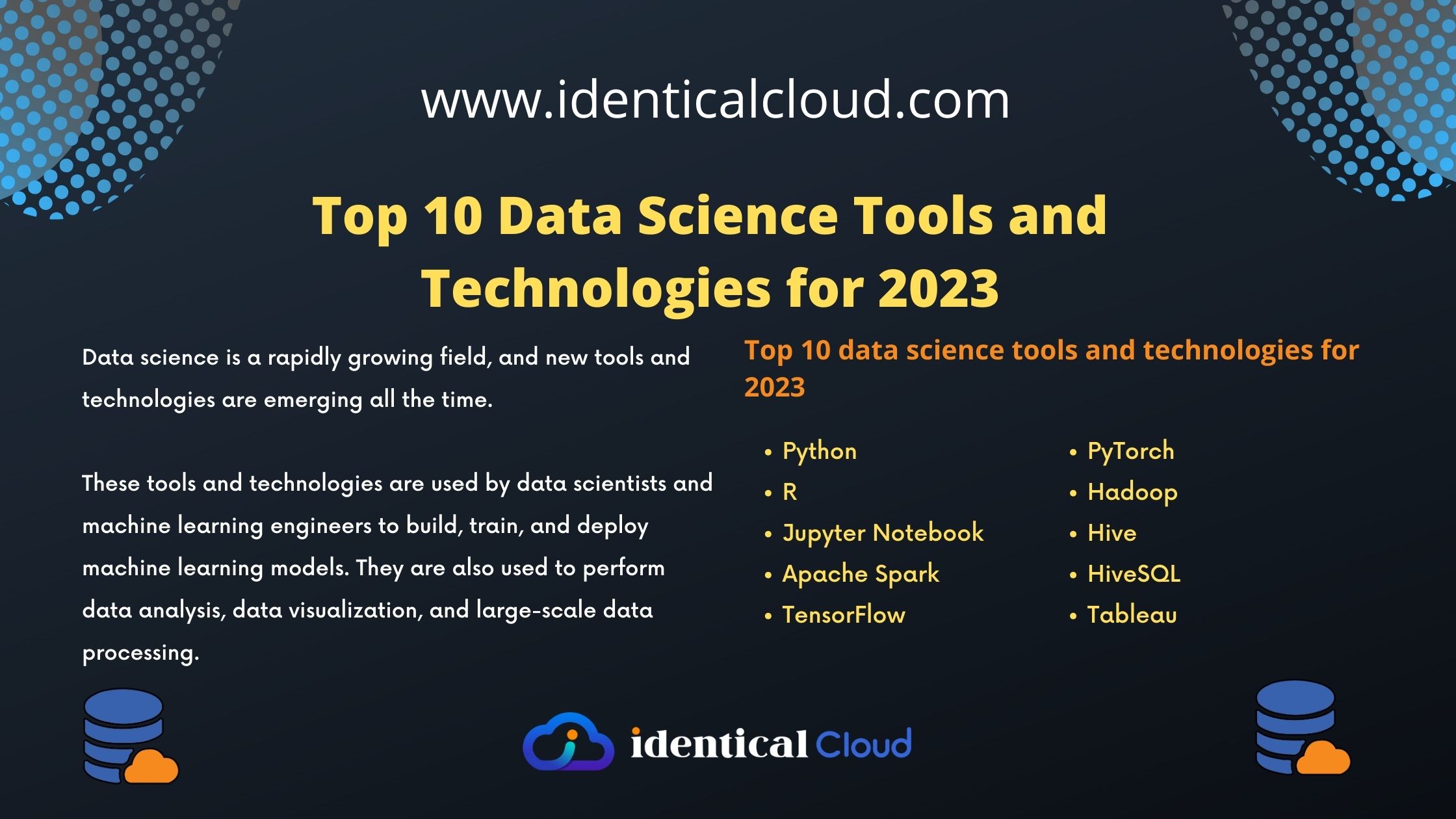
What is Edge computing?
Edge computing
Edge computing is a distributed computing paradigm that brings computation and data storage closer to the sources of data. This is expected to improve response times and save bandwidth.
In traditional computing, data is collected and stored in centralized data centers. This can lead to latency issues, as data has to travel long distances to be processed. Edge computing solves this problem by bringing computation and data storage closer to the edge of the network, where the data is generated.
Benefits of Edge computing
- Improved response times: Edge computing can significantly improve response times for applications that require real-time processing. For example, self-driving cars need to be able to make decisions in milliseconds, and edge computing can help to ensure that they have the data they need to do so quickly.
- Reduced bandwidth consumption: Edge computing can help to reduce bandwidth consumption by processing data locally. This is important for applications that generate large amounts of data, such as video streaming and industrial IoT.
- Increased security: Edge computing can help to improve security by processing data closer to the source. This makes it more difficult for attackers to access the data, as they would have to breach multiple security perimeters.
Examples of Edge Computing
There are many different examples of edge computing in use today. Some of the most common include:
- Smart cities: Edge computing is being used in smart cities to collect and process data from sensors, such as traffic cameras and pollution monitors. This data can be used to improve traffic flow, optimize energy use, and monitor air quality.
- Industrial IoT: Edge computing is being used in industrial IoT to collect and process data from sensors, such as temperature sensors and vibration sensors. This data can be used to improve plant efficiency, prevent equipment failures, and track asset location.
- Virtual reality and augmented reality: Edge computing is being used to deliver virtual reality and augmented reality experiences. This requires low latency and high bandwidth, which edge computing can provide.
The Future of Edge Computing
Edge computing is a rapidly growing field, and it is expected to play an increasingly important role in the future. As the number of connected devices continues to grow, edge computing will become essential for providing real-time processing and security.
Key Trends Shaping the Future:
- Proliferation of IoT Devices: As the number of IoT devices continues to rise, edge computing will become essential for handling the massive amounts of data generated by these devices in real time.
- 5G Implementation: The rollout of 5G networks will enable faster and more reliable connectivity, making edge computing even more viable and powerful.
- AI and Machine Learning at the Edge: Edge computing will enable AI and machine learning algorithms to be executed directly on devices, enabling quicker insights and reducing the need for constant communication with the cloud.
- Autonomous Systems: Autonomous vehicles and drones require split-second decision-making, which edge computing can provide by processing data locally.
- Data Privacy and Security: Edge computing allows sensitive data to be processed locally, reducing the risk of data breaches and ensuring compliance with privacy regulations.
Future Applications of Edge Computing:
- Smart Cities: Edge computing can power smart city initiatives by processing data from various sensors, cameras, and devices to optimize traffic flow, waste management, energy consumption, and more.
- Healthcare: Edge computing can facilitate real-time monitoring of patients, enable remote surgeries, and enhance the efficiency of medical devices and equipment.
- Manufacturing: Edge computing can improve manufacturing processes by enabling predictive maintenance, real-time quality control, and optimization of supply chains.
- Retail: In-store analytics, personalized shopping experiences, and efficient inventory management can be enhanced through edge computing.
- Agriculture: Edge computing can aid precision agriculture by analyzing data from sensors placed in fields to optimize irrigation, fertilization, and crop health.
Impact on Industries:
- Telecommunications: Edge computing will be crucial for delivering low-latency services and enabling rapid processing of data for 5G networks.
- Healthcare: Remote patient monitoring, telemedicine, and AI-driven diagnostics will benefit from real-time data processing at the edge.
- Manufacturing: Edge computing can drive automation, enhance quality control, and streamline production processes.
- Retail: Enhanced customer experiences through personalized recommendations and efficient supply chain management will be enabled by edge computing.
- Transportation: Edge computing will be instrumental in enabling autonomous vehicles and improving traffic management.
Edge computing is a new and emerging technology that has the potential to revolutionize the way we interact with data. By bringing computation and data storage closer to the edge of the network, edge computing can improve response times, reduce bandwidth consumption, and increase security. As the number of connected devices continues to grow, edge computing will become essential for delivering real-time experiences and protecting our data.








